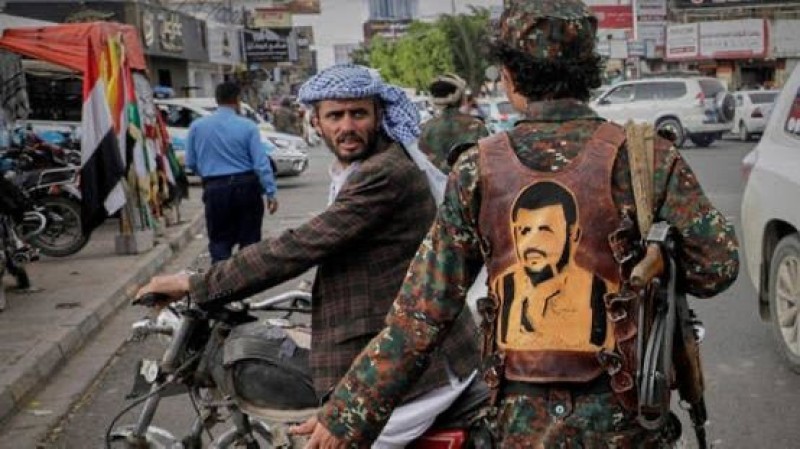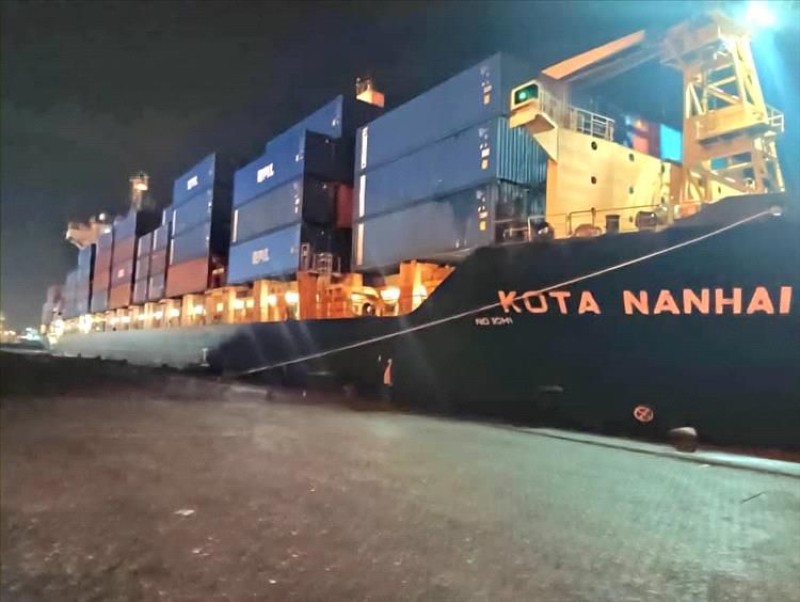The poor get nothing’: In Yemen, corruption keeps food and aid from reaching those in need.


Day after day Nabil al-Hakimi, a humanitarian official in Taiz, one of Yemen’s largest cities, went to work feeling he had a “mountain” on his shoulders. Billions of dollars in food and other foreign aid was coming into his war-ravaged homeland, but millions of Yemenis were still living a step away from famine.
Reports of organizational disarray and out-and-out thievery streamed in to him this spring and summer from around Taiz — 5,000 sacks of rice doled out without record of where they’d gone . . . 705 food baskets looted from a welfare agency’s warehouses . . . 110 sacks of grain pillaged from trucks trying to make their way through the craggy northern highlands overlooking the city.
Food donations, it was clear, were being snatched from the starving.
Documents reviewed by The Associated Press and interviews with al-Hakimi and other officials and aid workers show that thousands of families in Taiz are not getting international food aid intended for them — often because it has been seized by armed units that are allied with the Saudi-led, American-backed military coalition fighting in Yemen.
“The army that should protect the aid is looting the aid,” al-Hakimi told the AP.
Across Yemen, factions and militias on all sides of the conflict have blocked food aid from going to groups suspected of disloyalty, diverted it to front-line combat units or sold it for profit on the black market, according to public records and confidential documents obtained by the AP and interviews with more than 70 aid workers, government officials and average citizens from six different provinces.
The problem of lost and stolen aid is common in Taiz and other areas controlled by Yemen’s internationally recognized government, which is supported by the Saudi-led military coalition. It is even more widespread in territories controlled by the Houthi rebels, the struggling government’s main enemy during the nearly four years of warfare that has spawned the world’s worst humanitarian crisis.
Some observers have attributed the near-famine conditions in much of the country to the coalition’s blockade of ports that supply Houthi-controlled areas. AP’s investigation found that large amounts of food are making it into the country, but once there, the food often isn’t getting to people who need it most — raising questions about the ability of United Nations agencies and other big aid organizations to operate effectively in Yemen.
After the release of the AP’s investigation on Monday, the United Nations’ World Food Program for the first time directly accused the Houthi rebels of diverting aid. WFP director David Beasley said in a letter to the Houthis’ leader that if the rebels did not investigate and put an end to theft, the organization would suspend some assistance, potentially effecting nearly 3 million people.
“These incidents of fraud amount to stealing food from the mouths of hungry Yemeni children,” Beasley wrote.
The WFP said its own investigation had found “evidence of trucks illicitly removing food from designated food distribution centers” in Houthi-controlled areas as well as fraud by a local food aid distributor connected to the Houthis’ Education Ministry. It said it learned many people in the Houthi-controlled capital, Sanaa, have not been getting food rations they’re entitled to and that in other areas “hungry people have been denied full rations.”
The World Food Program has 5,000 distribution sites across the country targeting 10 million people a month with food baskets but says it can monitor just 20 percent of the deliveries.
This year the U.N., the United States, Saudi Arabia and others have poured more than $4 billion in food, shelter, medical and other aid into Yemen. That figure has been growing and is expected to keep climbing in 2019.
Despite the surge in help, hunger — and, in some pockets of the country, famine-level starvation — have continued to grow.
An analysis this month by a coalition of global relief groups found that even with the food aid that is coming in, more than half of the population is not getting enough to eat — 15.9 million of Yemen’s 29 million people. They include 10.8 million who are in an “emergency” phase of food insecurity, roughly 5 million who are in a deeper “crisis” phase and 63,500 who are facing “catastrophe,” a synonym for famine.
Counting the number of people who have starved to death in Yemen is difficult, because of the challenges of getting into areas shaken by violence and because starving people often officially die from diseases that prey on their weakened conditions. The nonprofit group Save the Children estimates that 85,000 children under the age of 5 have died from starvation or disease since the start of the war.
In some parts of the country, fighting, roadblocks and bureaucratic obstacles have reduced the amount of aid getting in. In other areas, aid gets in but still doesn’t get to the hungriest families.
In the northern province of Saada, a Houthi stronghold, international aid groups estimate that 445,000 people need food assistance. Some months the U.N. has sent enough food to feed twice that many people. Yet the latest figures from the U.N. and other relief organizations show that 65 percent of residents are facing severe food shortages, including at least 7,000 people who are in pockets of outright famine.
Three officials with the coalition-backed government told the AP that they would provide replies to questions about the theft of food aid, but then didn’t provide answers.
Officials at the agency that oversees aid work in Houthi territory — the National Authority for the Management and Coordination of Humanitarian Affairs — did not return repeated phone calls from the AP.
U.N. officials have generally been cautious in public statements about the Houthis, based in part on worries that the rebels might respond by blocking U.N. agencies from access to starving people. But in interviews with the AP, two top U.N. relief officials used strong language in reference to both the Houthis and their battlefield adversaries.
Geert Cappelaere, Middle East director for UNICEF, the U.N.’s emergency fund for children, said authorities on “all sides” of the conflict are impeding aid groups — and increasing the risk that the country will descend into widespread famine.
“This has nothing to do with nature,” Cappelaere told the AP. “There is no drought here in Yemen. All of this is man-made. All of this has to do with poor political leadership which doesn’t put the people’s interest at the core of their actions.”
David Beasley, executive director of the U.N.’s food program, said “certain elements of the Houthis” are denying the agency access to some parts of rebel territory — and appear to be diverting food aid.
“It’s a disgrace, criminal, it’s wrong, and it needs to end,” Beasley said in an interview Sunday with the AP. “Innocent people are suffering.”
The rebels and the coalition forces have begun peace talks in recent weeks, a process that has led to a reduction in fighting and eased the challenges of getting food aid into and out of Hodeida, the port city that is a gateway to the Houthi-controlled north. But even if donors are able to get more food in, the problem of what happens to food aid once it makes landfall remains.
AFP.

Sana’a – The occupied Yemeni capital Sana’a is witnessing mounting economic panic and a sharp collapse in the real estate market…

Aden – The vessel Kota Nanhai departed Al-Mualla Container Terminal at Aden Port this evening after completing the unloading of 457 standard…

Aden — Yemen’s Presidential Leadership Council Chairman Rashad al-Alimi held talks with Central Bank Governor Ahmed Ghalib to review th…